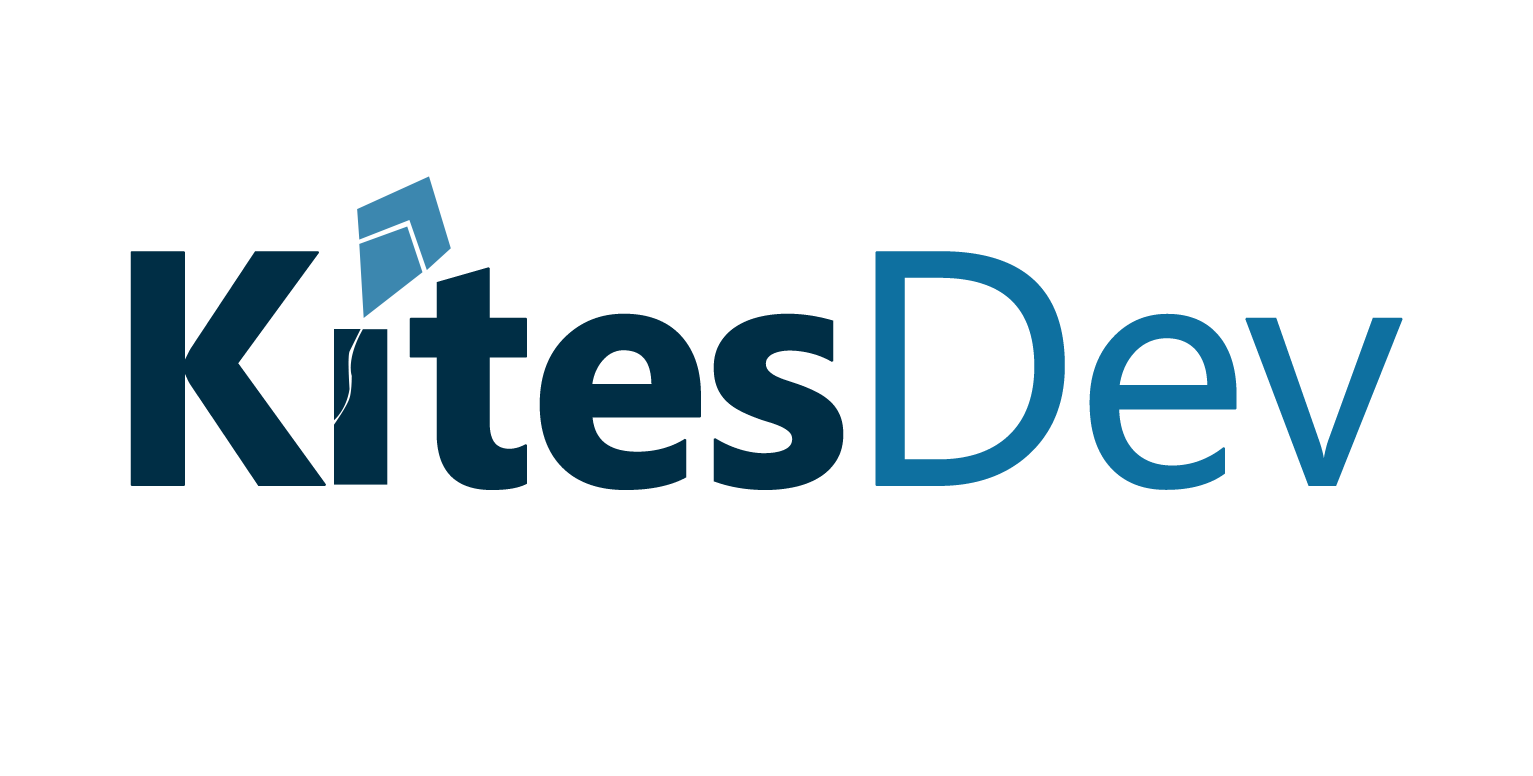How Artificial Intelligence is Transforming the Pharmaceutical Industry
Over the last few years, Artificial Intelligence (AI) has been transforming many industries, and the pharmaceutical industry is no exception. AI is being used in numerous ways, from helping to identify new drug targets, to predicting how a drug will interact with the body, to helping to reduce the cost of drug development. Here, we take a look at how AI is transforming the pharmaceutical industry and what the future holds.
AI-Driven Drug Discovery and Development
AI is being used in the pharmaceutical industry to speed up the process of drug discovery and development. AI-driven algorithms can be used to analyze vast amounts of data, such as genomic data, to identify potential new drug targets. This helps to reduce the amount of time and money required for drug development, as well as increasing the chances of success. AI is also being used to predict how a drug will interact with the body and its potential side effects, so that any issues can be addressed before the drug is tested in humans.
Improving Drug Delivery Systems
AI is also being used to improve drug delivery systems. AI algorithms can be used to analyze data to identify the most effective delivery methods for drugs and the optimal dosage amounts. This helps to reduce the risk of adverse events, as well as ensuring that patients get the most out of their treatments.
AI-Powered Drug Repurposing
AI is being used to identify potential new uses for existing drugs. By analyzing the data from clinical trials, AI algorithms can identify potential new uses for existing drugs, which can help to reduce the cost and time associated with drug development. This can open up new opportunities for drug companies and help to improve patient outcomes.
The Future of AI in Pharmaceuticals
AI is transforming the pharmaceutical industry and has the potential to revolutionize the way drugs are developed and delivered. In the future, AI algorithms could be used to identify new drug targets, predict how drugs will interact with the body, and improve drug delivery systems. The possibilities are endless and could help to improve patient outcomes and reduce the cost of drug development.




